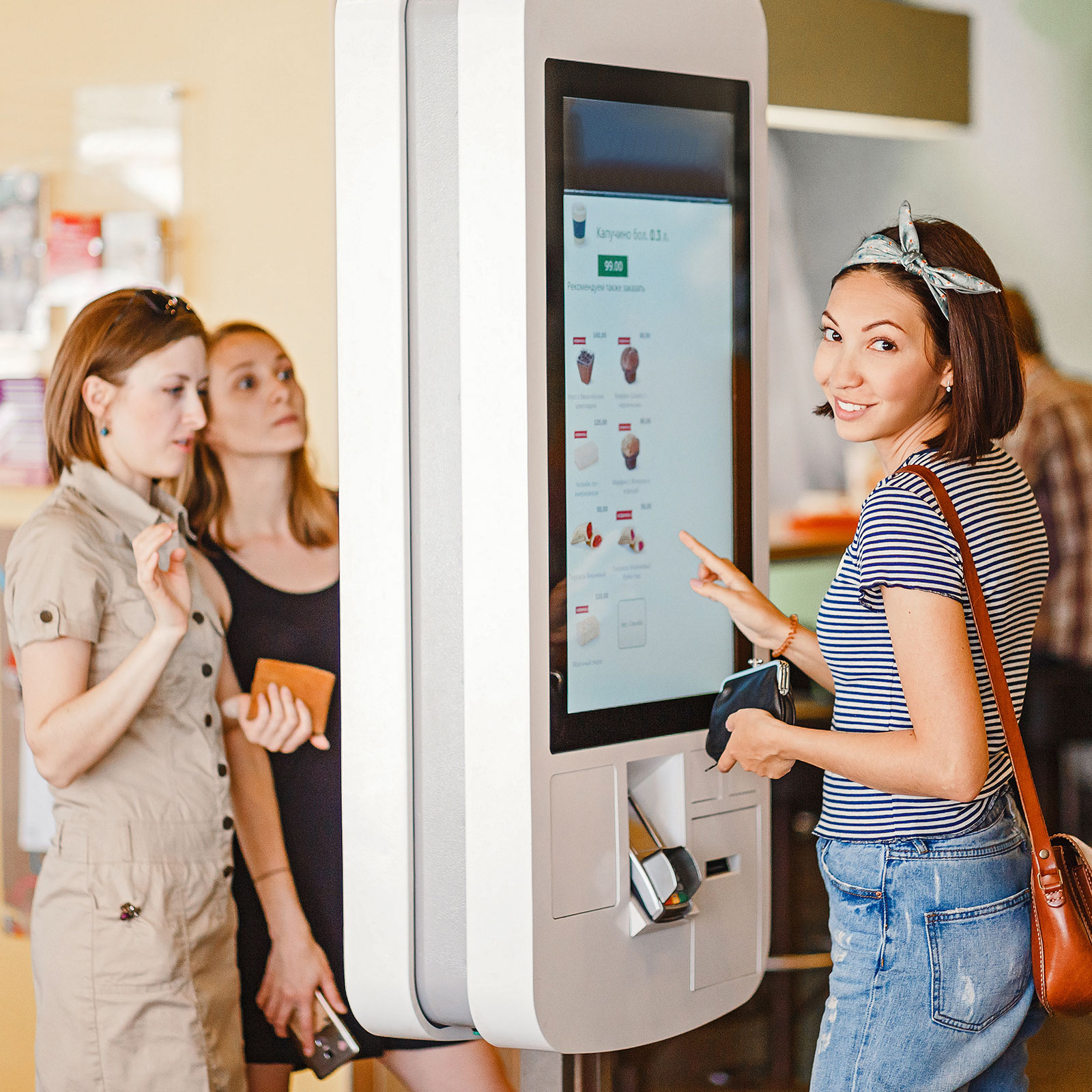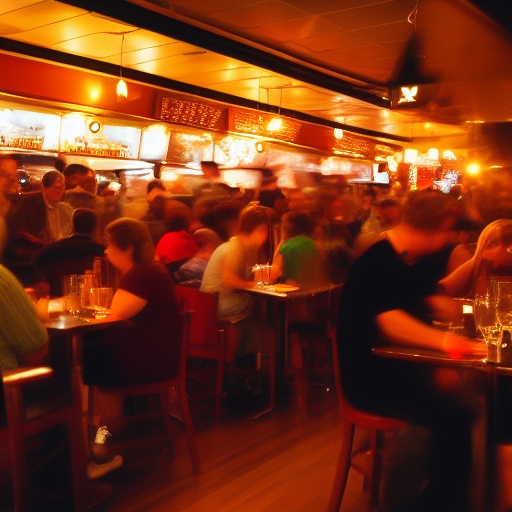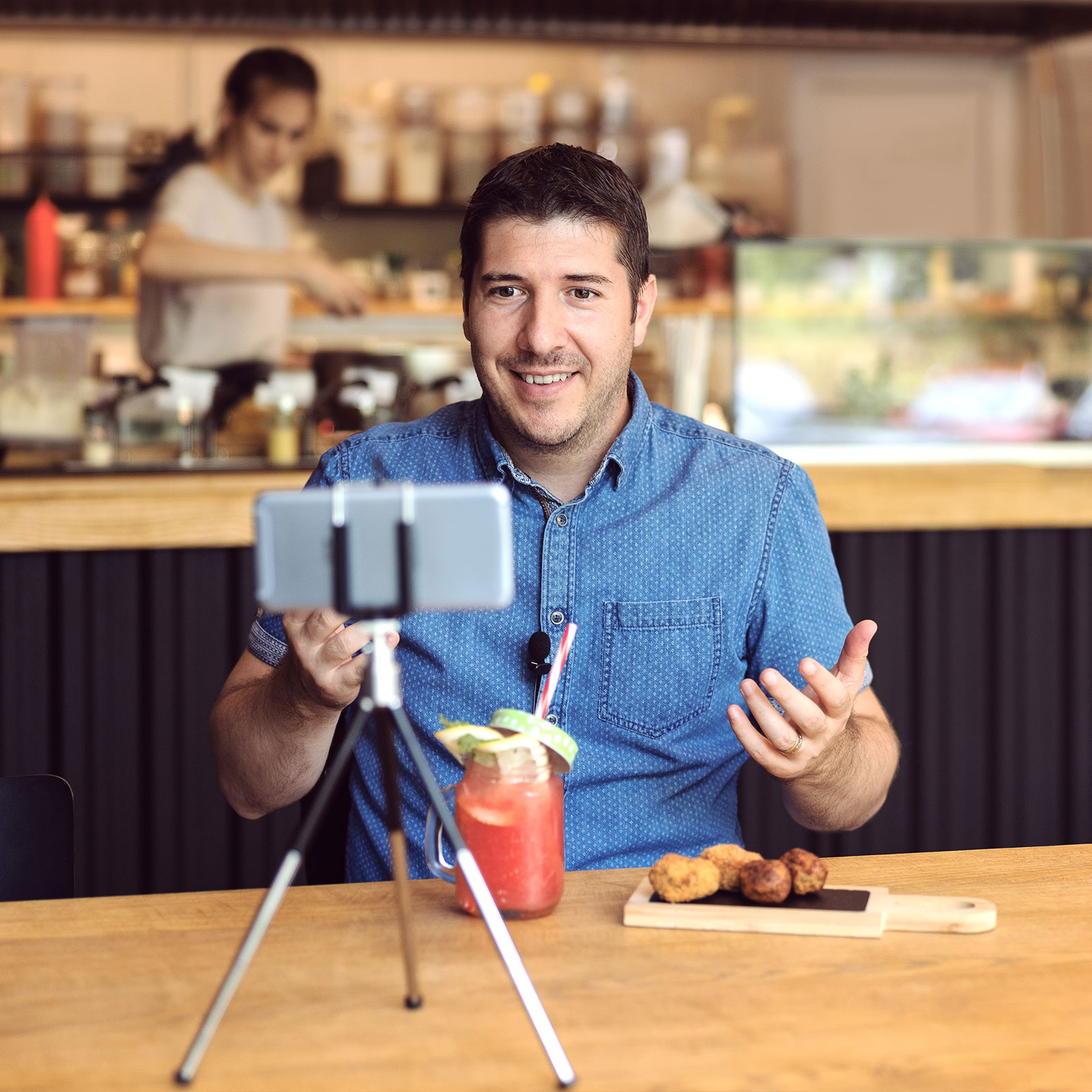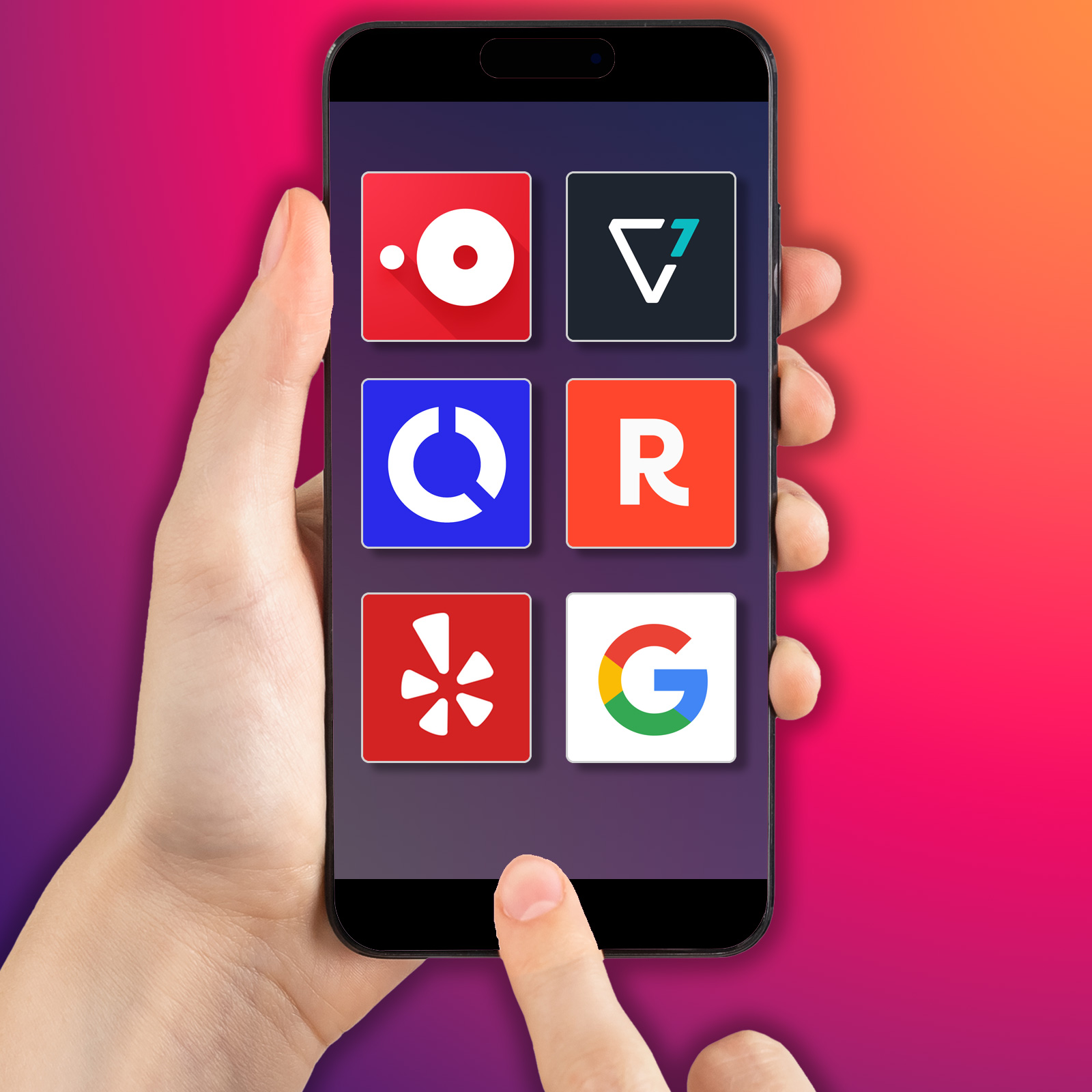The restaurant industry is constantly evolving, and it’s important for business owners to stay on top of the latest trends to ensure they’re reaching their target audience effectively. Here are the top 10 restaurant digital marketing trends to watch in 2023:
- Personalization
Consumers today expect a personalized experience, and this is especially true in the restaurant industry. By collecting data on customer preferences and purchasing habits, restaurants can tailor their marketing efforts to individual customers, offering personalized recommendations and promotions. Move away from “one-size fits all” marketing campaigns and start segmenting your audiences.
- Mobile Ordering and Delivery
With the rise of mobile ordering and delivery services, it’s important for restaurants to have a strong presence on these platforms. This includes optimizing your menu for mobile viewing and offering contactless payment options. People won’t order what they can’t see, so quality photography of every dish is a must. Never underestimate the power of these delivery platforms as a marketing channel and brand awareness tool.
- Social Media Marketing
Social media is a powerful tool for restaurants to connect with their customers and promote their brand. It’s important to have a strong presence on platforms like Facebook, Instagram, and even TikTok, and to regularly post engaging content that showcases your food and atmosphere. Also make sure to respond to guest comments and like posts where your restaurant is featured. Remember, social media is meant to be “social” – simply posting the occasional photo or video will not suffice.
- Influencer Marketing
Partnering with influencers can be an effective way to reach a new audience and build brand awareness. Look for influencers in your local area or in your specific niche (such as food bloggers or Instagrammers who specialize in restaurant photography) to help promote your business. Also remember influencers are business owners too – so negotiate terms and look for mutually beneficial relationships.
- Virtual and Augmented Reality
Virtual and augmented reality technology is becoming more accessible, and restaurants are starting to incorporate it into their marketing efforts. For example, you could use VR to give customers a virtual tour of your restaurant or event spaces, or AR to create interactive menu experiences.
- Customer Loyalty Programs
Customer loyalty programs are a great way to reward and retain your most loyal customers. Consider offering discounts, special deals, or exclusive experiences to members of your loyalty program. Getting a guest to their third visit can convert them from a customer into a regular.
- Email Marketing
Email marketing is a tried-and-true method for reaching and engaging with customers. Consider sending newsletters with updates on specials and events, or personalized recommendations based on past orders. Reservation platforms like SevenRooms and OpenTable have automation tools for sending personalized emails at just the right time.-
Just getting started with Email Marketing? Make sure to checkout the recommendations in this post: “How To Create A Successful Email Marketing Campaign”
-
- User-Generated Content
Encourage customers to share their experiences at your restaurant on social media or review sites by re-sharing and engaging with their content, as well as testing the waters with various offers. User-generated content can be a powerful form of social proof and can help attract new customers.
- Interactive Menus
Interactive menus, such as those on tablets or touchscreens, can enhance the dining experience and make it easier for customers to place orders. Not only can this relieve staffing issues for fast-casual businesses with high turn-over, it can also provide guidance and education to new guests both prior-to and during the dining experience.
- Chatbots
Chatbots can be an effective way for restaurants to interact with customers and provide quick, personalized service. Whether it’s answering frequently asked questions or helping customers place an order, chatbots can improve the customer experience and help drive sales. With AI chat making huge advances, a digital concierge trained on your menu and cuisine is going to be a “must have” for any restaurant website.
By staying on top of these trends, you can effectively market your restaurant and stay ahead of the competition. We’ll be diving into each of these with longer posts over the coming weeks, so stay tuned! Wishing you and your team a healthy and profitable new year!





